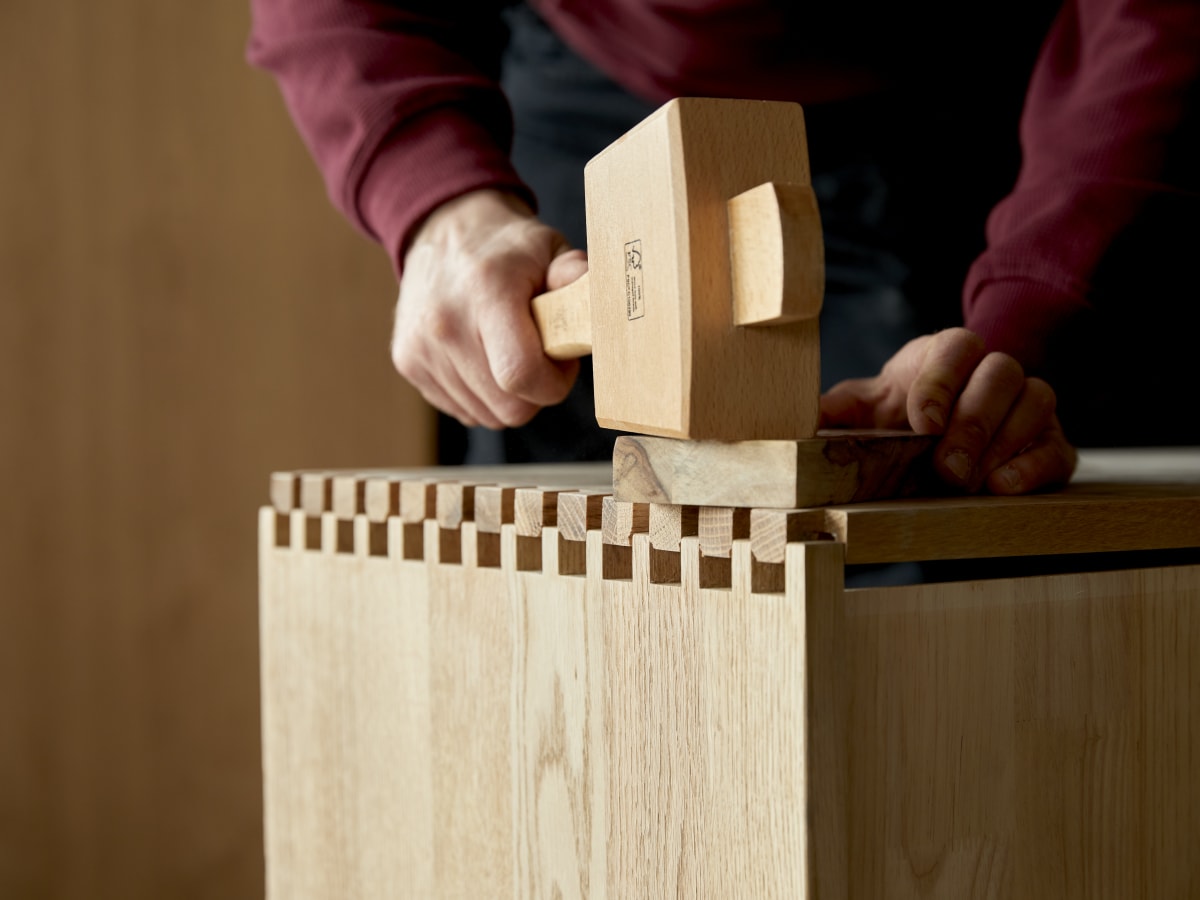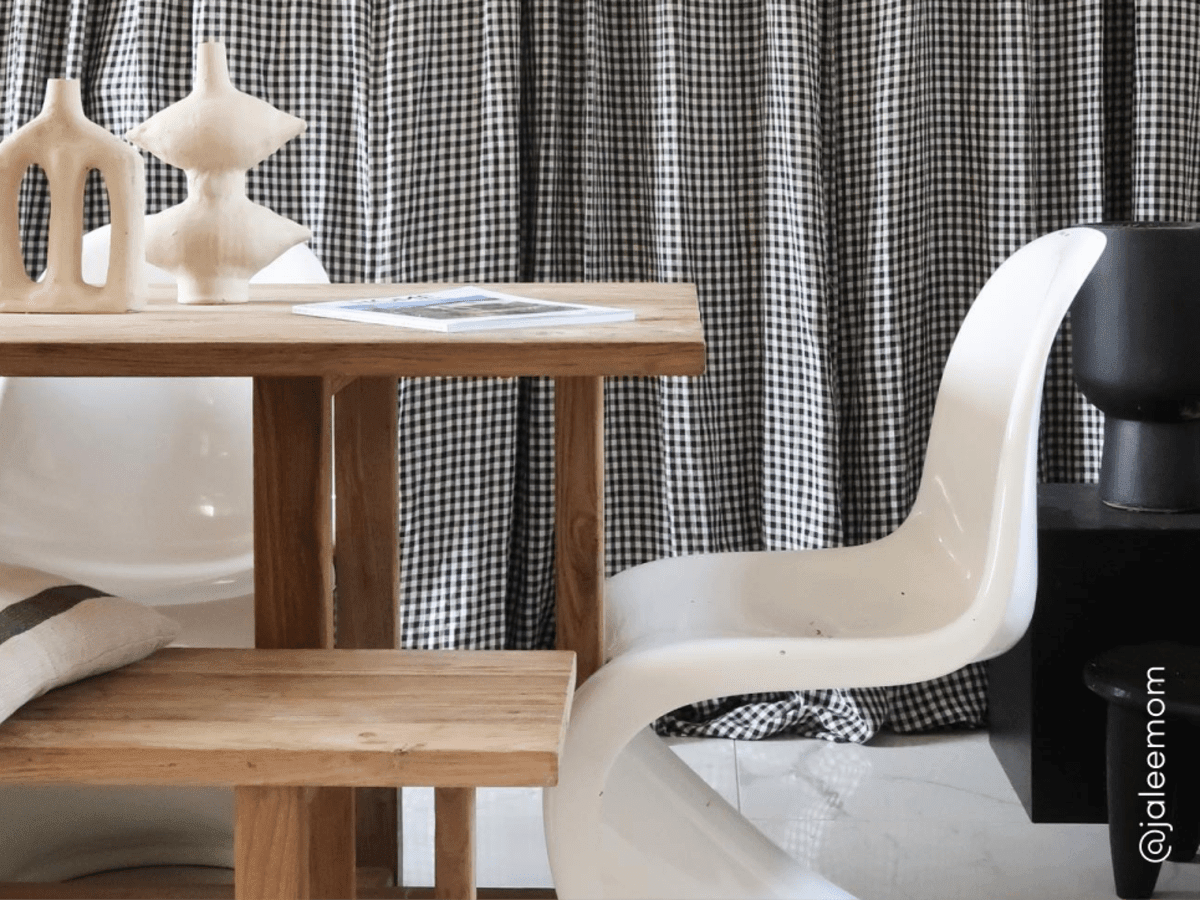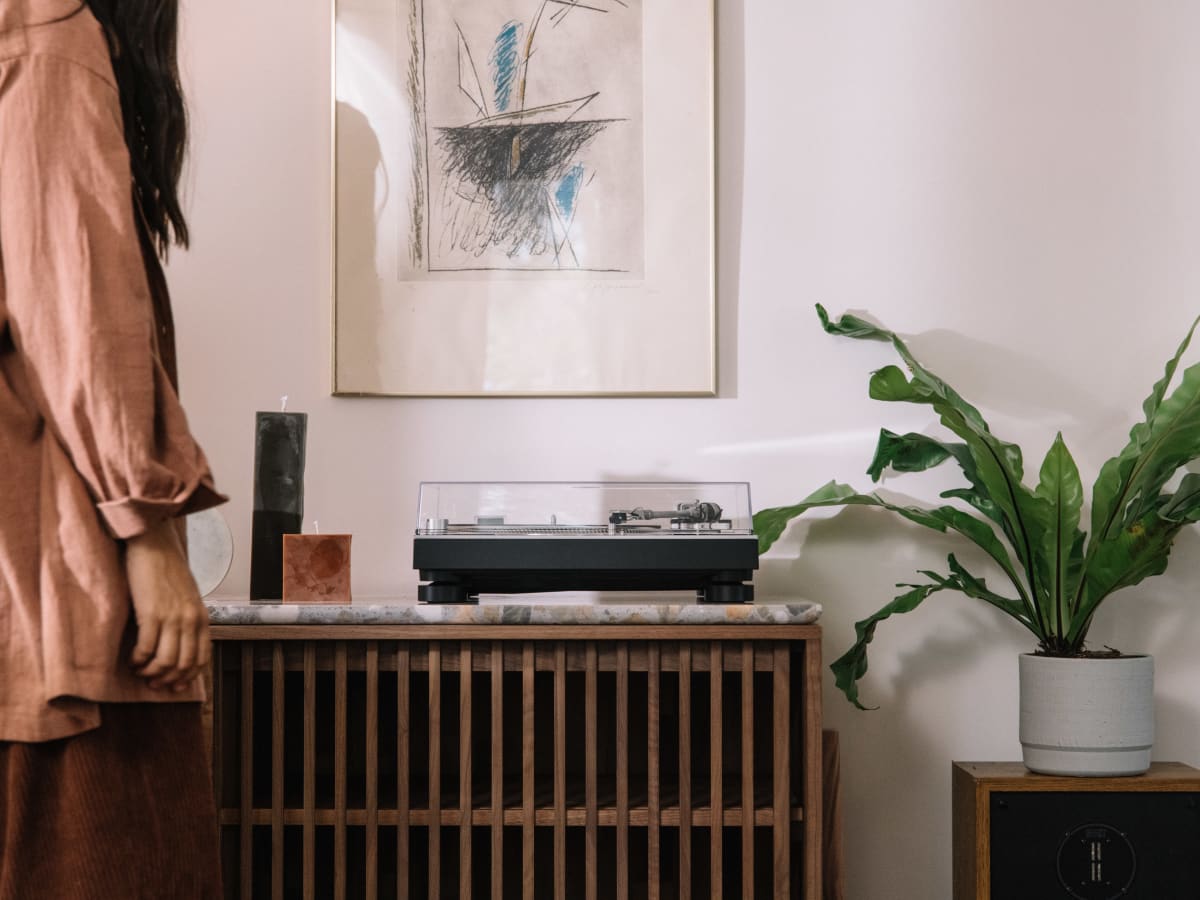Environmental Impact

Understanding the environmental impact of our furniture
We recently launched a detailed assessment to better understand the environmental impact of our furniture. This allows us to identify key areas for improvement and take action to minimize our footprint effectively. As part of our commitment to transparency, we can now share these results on our product pages with new indicators, allowing you to make more enlightened choices.

Life-cycle analysis
The environmental impact of our furniture is mesured through a life-cycle analysis, which evaluates every stage of a product's life. This includes the production of raw materials, manufacturing, transportation, and end-of-life disposal. According to the French Agency for Ecological Transition (ADEME), the three major impacts in the furniture sector are the carbon footprint, water footprint, and air footprint.
A verified methodology
Our methodology aligns with the European “Product Environmental Footprint" standards and has been verified by leading institutions such as Mines ParisTech and Tsinghua University. Additionally, the measurements and calculations undergo independent verification by the FCBA. To learn more about our methodology:
Download the Methodology
Understanding the footprint
The footprint shown represents the environmental impact of a piece of furniture's functional unit. This metric allows you to compare different pieces of furniture based on their specific
function: for instance, a table will be evaluated by its seating capacity, a storage unit by its available storage volume. The furniture's expected lifespan is also taken into account. To substantiate a longer lifespan, rigorous standardized testings must be carried out.
The indicator on the product page shows where a specific piece of furniture falls compared to other Tikamoon items that have, already had analyzed. At this time, industry-wide data on furniture footprints is limited, which is why we have prioritized reliability and transparency in our methodology. For more detailed information, you can consult our full methodology document.

The Three Key Impacts
The three impacts displayed on our product page are those identified by ADEME, as being the most significant in the furniture sector.
Carbon footprint: This measures greenhouse gas emissions, including carbon dioxide (CO2) and methane (CH4). The accumulation of these gases in the atmosphere contributes to global warming, which drives climate change.
Water footprint: This measures the freshwater eutrophication, largely caused by phosphate compounds that introduce excess nutrients into aquatic ecosystems. This process depletes oxygen levels, threatening aquatic life.
Air footprint: This measures air acidification due to emissions of nitrogen oxide, sulphur dioxide, and ammonia. These pollutants react with moisture, in the air to form acid rain, which can harm ecosystems and damage infrastructure.
Glossary
ADEME: Agence de la Transition Ecologique (The French Agency for Ecological Transition) is a public institution founded in 1991 under the joint authority of the Ministry for Ecological Transition and the Ministry for Higher Education, Research and Innovation. Its mission is to support the implementation of public policies aimed at environmental sustainability.
FCBA: The FCBA technological institute is a French industrial and technical center. Its mission is to promote technological progress, enhance performance, and ensure quality standards within the industry.
Functional unit: The functional unit provides a standardized measure for comparing of two products with the same function. This unit accounts for the product's size (such as the storage capacity of a unit, or the surface area of a coffee table) and its anticipated lifespan. More detailed information about this unit can be found in our methodology.
A sustainable brand
Learn moreSee our answers to frequently asked questions
Our FAQsWe value your opinion
If you have any other questions or would like more information about our sources, please contact us at: secretary@tikamoon.co
By choosing our products, you're investing in timeless design, sustainable practices, and exceptional craftsmanship.











